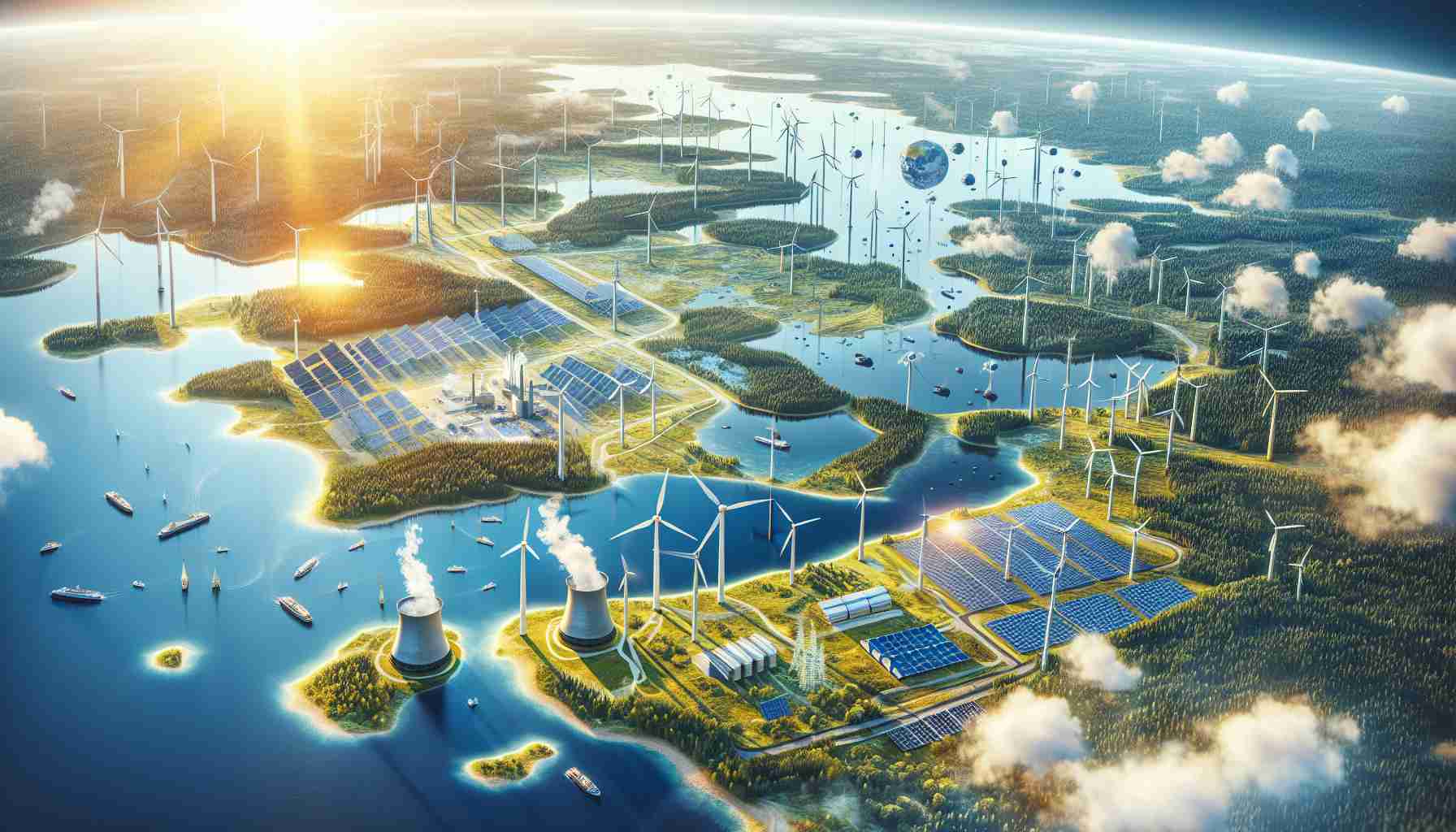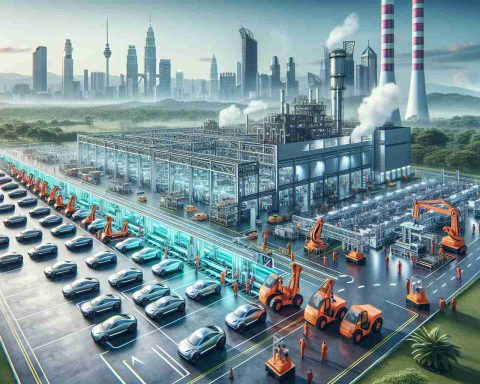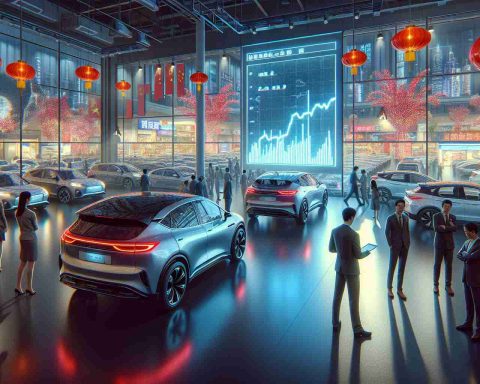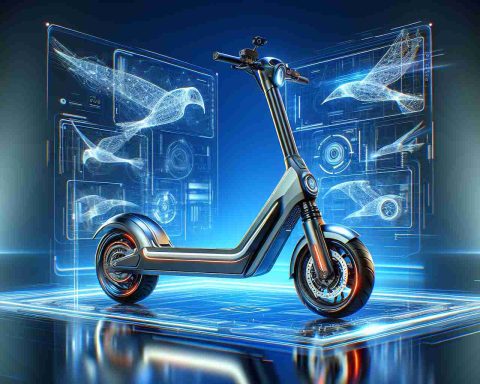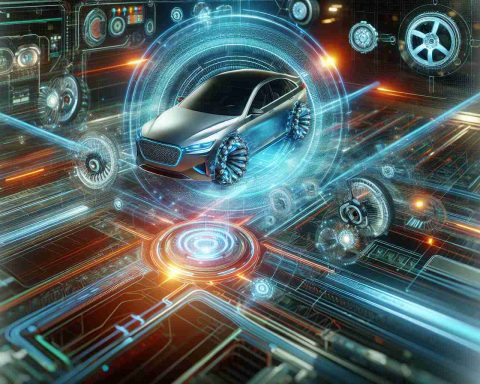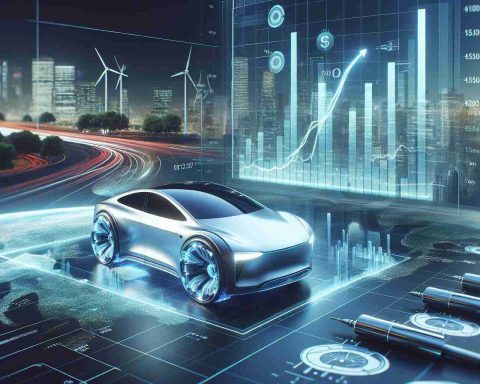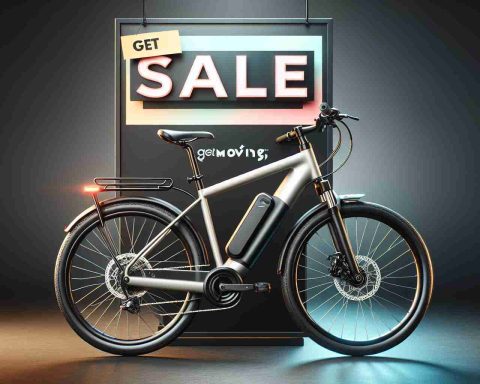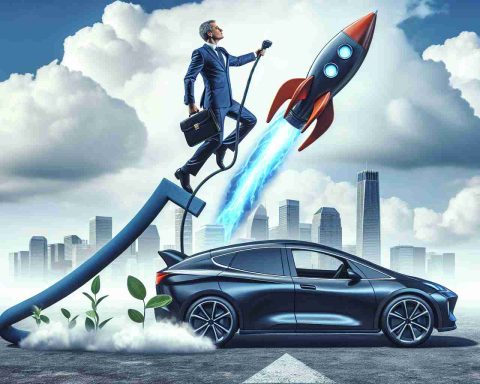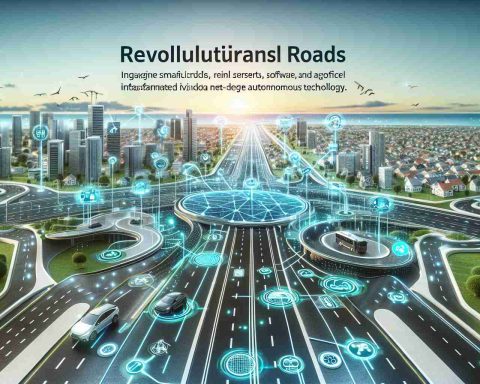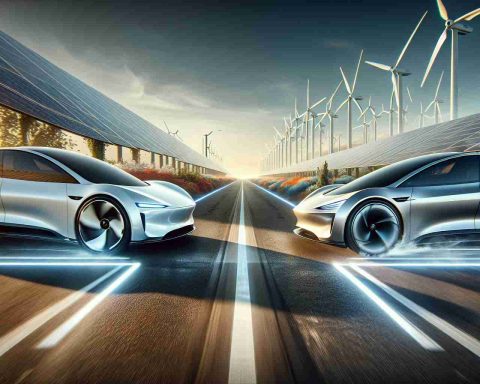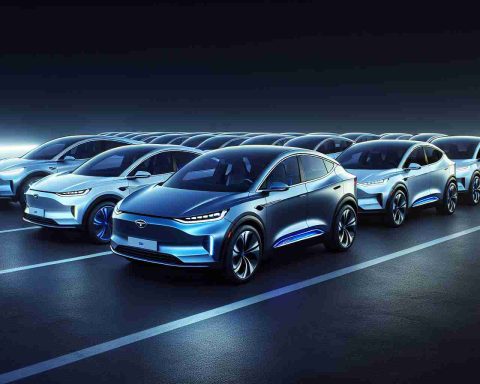- Lithuania, Estonia, and Latvia have cut ties with Russia’s electricity grid, joining the EU’s energy network.
- The transition symbolizes a significant advancement in energy security and independence for the Baltic States.
- Lithuania is urging companies to implement high-capacity energy storage systems to enhance energy reliability.
- The synchronization with the Continental Europe Synchronous Area marks progress in reducing reliance on external energy sources.
- This shift paves the way for a greener, more integrated energy future in Europe.
- The collaborative approach in energy strategies may inspire other nations to adopt similar measures.
Lithuania, Estonia, and Latvia are making waves in the energy sector, symbolically cutting ties with Russia’s electricity grid and boldly embracing the European Union’s energy network. This transformative shift, completed just this week, heralds a new era of energy security and integration for the Baltic States.
Only a day before this historic moment, Lithuania’s Ministry of Energy sent out an urgent call for companies to implement high-capacity energy storage systems, signifying the nation’s commitment to a sustainable future. This pivotal move is aimed at enhancing energy reliability and fostering market resilience as Europe collectively strides towards greener energy solutions.
As the Baltic trio joins the Continental Europe Synchronous Area (CESA), they are not just syncing power grids but also sending a strong message about energy independence. This synchronization marks a crucial advancement in the fight against energy dependence on external sources, positioning these countries on a path to increased empowerment and resilience.
The key takeaway? By advancing energy autonomy through innovative solutions like high-capacity storage systems, these nations are paving the way for a more sustainable, integrated energy future in Europe. As they step into this new chapter, the focus on collaborative energy strategies could inspire others to follow suit, reshaping the continent’s energy landscape for the better. It’s a moment of opportunity—watch this space!
Revolutionizing Energy Independence: The Baltic States Lead the Charge
The recent decision by Lithuania, Estonia, and Latvia to sever connections with Russia’s electricity grid represents a historic shift in energy strategy. Their embrace of the European Union’s energy network not only enhances energy security but also reflects a broader trend towards sustainability and innovation in energy technologies.
Key Developments in the Baltic Energy Sector
1. High-Capacity Energy Storage Systems: Lithuania is proactively seeking to implement high-capacity energy storage solutions. These systems are essential for balancing supply and demand, particularly as the region integrates more renewable energy sources like wind and solar power.
2. Energy System Synchronization: By joining the Continental Europe Synchronous Area (CESA), the Baltic States aim to create a more stable and reliable energy infrastructure. This synchronization allows for improved energy sharing and collaboration among adjacent EU member states.
3. Market Resilience and Security: The move towards a decentralized energy system not only bolsters national security but also enhances market resilience by reducing reliance on external energy sources. This transition is crucial in light of recent geopolitical tensions.
3 Important Questions About the Transition
1. What are the anticipated benefits of transitioning to high-capacity energy storage in the Baltic States?
The implementation of high-capacity energy storage systems is expected to significantly improve energy reliability by allowing for better management of energy supply during peak demand periods. It will also facilitate the integration of renewable energy sources, minimizing wastage and ensuring a steady energy supply.
2. How does the integration into the Continental Europe Synchronous Area enhance energy security?
Joining CESA provides the Baltic States with access to a larger, more diverse energy market, enabling them to share resources with neighboring countries. This interconnectedness reduces the risk of energy shortages and fosters cooperative solutions to energy management, thus enhancing overall security against potential disruptions.
3. How does this energy shift align with broader European Union energy policies?
This shift aligns closely with the EU’s Green Deal, which aims to promote sustainability and reduce carbon emissions across member states. By decreasing dependence on fossil fuels and investing in renewable energy, the Baltic States are becoming integral players in the EU’s broader efforts to achieve climate goals and establish energy independence.
Insights and Trends
– Innovation in Renewable Energy: As the Baltic States enhance their energy storage capabilities, there is potential for increased investment in renewable energy technologies, boosting innovation and job creation in the sector.
– Collaborative Energy Strategies: The ongoing collaboration among Baltic countries could serve as a model for other regions looking to improve energy security and sustainability.
– Geopolitical Implications: This energy transition may reshape geopolitical dynamics within Europe, reducing vulnerabilities associated with external energy dependencies and strengthening ties within the EU.
Sustainability and Future Predictions
Looking ahead, the Baltic States’ focus on sustainable energy solutions not only contributes to environmental goals but also sets a precedent for other countries facing similar energy challenges. The success of their initiatives may encourage a ripple effect, inspiring further investments in renewable technologies and cooperative energy strategies throughout Europe.
For more information on energy trends and innovations in Europe, visit EU Energy Policies.
